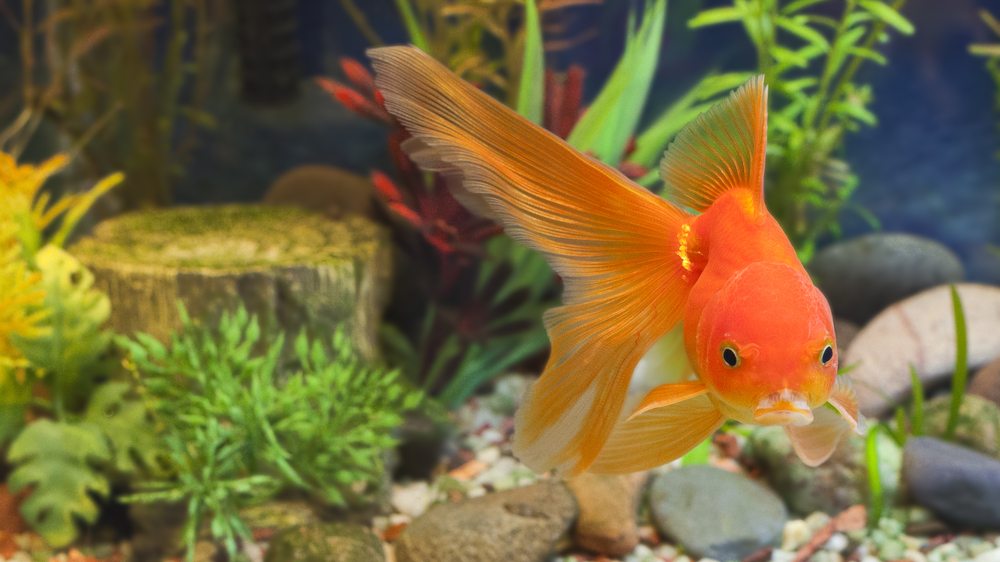
Flukes in Goldfish is a phrase that might evoke images of galactic invasions, but in reality, it’s a silent threat lurking in our aquariums. Comparable to the sly comets of the galaxy, flukes enter the scene swiftly and often remain undetected until they wreak havoc. In this guide, we will unravel the enigma surrounding these elusive parasites, diving deep into their origins, behaviors, and the hidden signs of their presence.
Goldfish aficionados, brace yourselves! We’re not just stopping at understanding. We’ll transform into aquatic detectives, investigating the culprits and signals of a fluke intrusion. As we don our metaphorical lab coats, we’ll explore preventive measures, effective treatments, and how to navigate the world after a fluke attack. And for those seeking some real-world drama, we’ve got some gripping ‘fluke-tales’ to share. Ready to illuminate the shadowy corners of the goldfish fluke universe? Let’s dive in!
Understanding Flukes in Goldfish
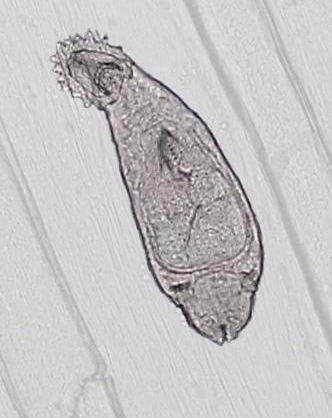
Imagine coming home after a long day at work, your feet dragging, but a smile immediately lighting up your face at the sight of your favorite shimmering goldfish. Suddenly, your cheerful little buddy isn’t acting their usual radiant self. They seem sluggish and, to your dismay, their once lustrous scales are covered with an unsightly slimy film. This might be a sign that your goldfish is battling flukes. But what exactly are flukes, and how can you get your sparkly friend back on track?
What are Flukes?
Flukes, in not-so-scientific terms, are icky, irritating little boogers. Formally, they are a type of parasitic flatworm that latches on to fish like a tiny, uninvited hitchhiker. Now we’ve made these uninvited guests sound like extras from a horror movie. But, fret not. Flukes are a common issue in the aquatic world, and guess what? There’s a cure to get your goldfish swimming happily again.
Types of Flukes in Goldfish
There are generally two types of villains in our fluke saga – Gill Flukes and Skin Flukes. They’re named for their preferred hangout spots on our goldfish pals, making the gills and skin their unwelcome abode. Gill Flukes can cause serious breathing issues for your goldfish while Skin Flukes will make them feel like they’re wearing an uncomfortable, itchy sweater.
The Life Cycle of Flukes
The life cycle of flukes is akin to a spooky ghost story told at a campfire. The adult flukes latch onto your fish, laying thousands of eggs. These eggs hatch into free-swimming baddies, ready to invade more goldfish. The life cycle goes on and on, causing more discomfort and chaos in your tank.
So, now that we’ve laid the groundwork and introduced our uninvited guests, it’s time to explore further. It’s time to play detective, pinpoint the causes, and signs that flukes have crashed your tank party. Hold your breath (not literally!), we’re going on a deep dive into the world of flukes in the next section: Causes and Symptoms.
Causes and Symptoms
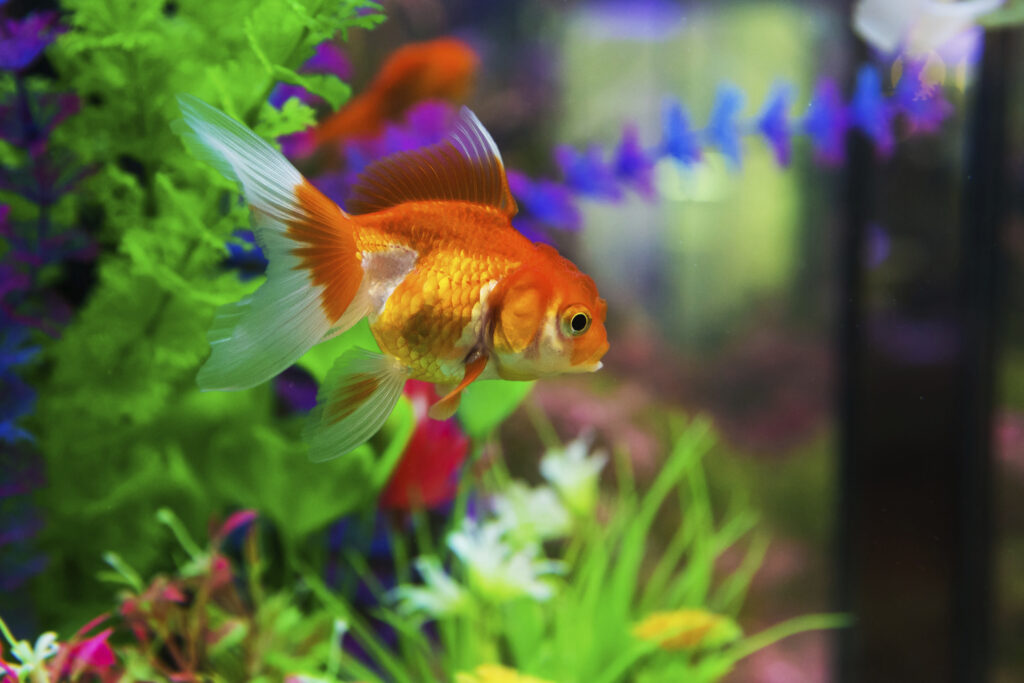
You’ve got your fancy goldfish bowl up and running, and everything’s swimmingly fine. That’s great. But, you’ve heard of this microscopic menace called flukes. Now let’s dive deeper into what causes these little pests and how you can spot them before they wreak havoc.
Factors Causing Flukes in Goldfish
Unwelcome new guests can bring about these tiny troubles. Remember that new plant or decor you dived into your tank? It could have been carrying flukes. So always better to rinse new items thoroughly before adding them to your finny friend’s home. A sudden change in water temperature or haphazard cleaning regime can also make your goldfish susceptible to this parasite.
Now that we’ve talked about the potential causes. It’s time for you to become a fish health detective. Let’s look at what you should be looking for under the magnifying glass the next time you peep into your fish tank.
Identifying Symptoms of Flukes in Goldfish
Is your goldfish acting like its auditioning for a horror movie? Behaving weirdly – like scraping its body against tank walls or trying out some unusual swimming techniques? These are the tell-tale signs of flukes. Other red flags include tattered fins, difficulty in breathing, or protective slime coating that appears thicker than normal.
No need to call Sherlock Holmes here, now that you’re equipped with all the signs of a possible flukes invasion. Our next discussion will help you prevent such situations and, if unfortunate, deal with it effectively. No goldfish custody battles with flukes, promise.
Prevention and Treatment

Alright, now hold on to your goldfish-loving hearts. It’s time to go commando against these pesky parasites. Remember, “the best defense is a good offense”. First, we’ll talk about what you can do to prevent a fluke outbreak in the first place.
Best Practices to Prevent Flukes
Lockdown! No, not the pandemic one. It’s about your fish tank. The key to prevention is ensuring new fish are quarantined before introducing them to the existing population. Also, practice regular ‘tank hygiene.’ Your goldfish is a clean creature, living in filth equals FlukesFest-ville. Water changes and cleaning the tank decorations can keep your tank fluke-free.
But, we’re not done yet. Now that we’ve got our prevention measures down, let’s switch gears to actual treatment procedures.
Common Treatment Options
Now, if the unfortunate happens, and your little swimmy friend gets infested with flukes, fret not! There are fixes. Over-the-counter treatments like Praziquantel or Fluke Tabs could be your sidekick in this. A 5-7 day course usually does the trick.
Remember, dear fishy owners, attention to dosage is key. Too much of a good thing could equate to a ‘scale’y disaster. And if any doubts, a vet’s just a call away.
Flukes are stubborn enough to stage a comeback if not properly handled. Let’s dive into how you can make certain your goldfish has completely recovered.
How to Ensure Complete Recovery
The key here is consistency. Continue the treatment until every last little fluke is gone. Monitoring is your best friend here. Post-treatment, keep an eye on your pet for any lingering signs of disease. If symptoms persist, consider re-treatment. If they’re clear, voila! Your fishy is ready to swim happily into a fluke-free future.
Now you know how to show those tiny tagalongs the exit door. However, that’s not all there is to know about flukes. They’ve got some sneaky identities they hide under, and there are loads of myths surrounding their existence. Let’s unmask these fluke-faced lies shall we? Hold your snorkels tight, we’re diving deeper.
The Tale of Glitter the Goldfish
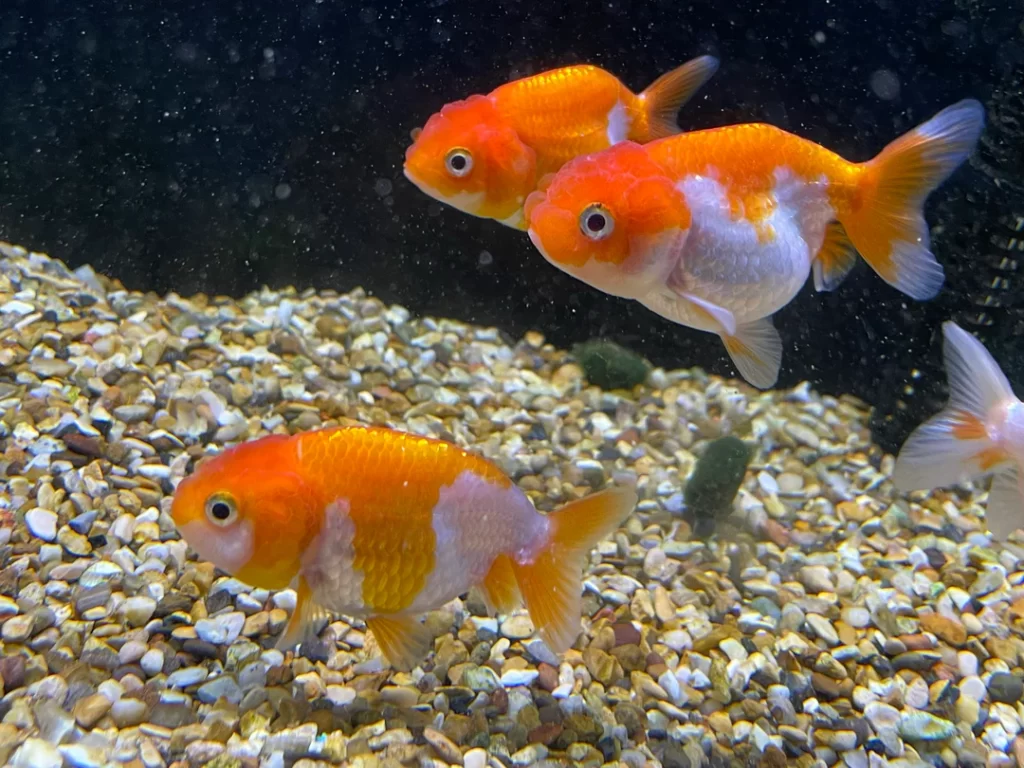
Now, let’s dig into a real-life tale, a case that stubbornly tested every bit of our goldfish knowledge on flukes – and won. This is the story of Glitter, the bling-loving goldfish that battled flukes and lived to tell the tale.
A Thrilling Encounter with Flukes
Tracy, a passionate aquarist, was on her routine inspection of her beautiful aquatic den when she noticed Glitter acting unusually. Clamping its fins and straining at the tank bottom set off Tracy’s alarm bells. Calling in her trusted vet, they diagnosed Glitter had the ill-fated flukes. But no worries! Tracy, armed with knowledge and determination, was ready for a fight.
Manoeuvring Through the Flukes Fiasco
Armed with a potent mix of treatments that included antibiotics, water treatments and temperature modulation, Tracy set out on her mission of saving Glitter. She admitted it felt like a challenging ballet balancing act of adjusting doses and monitoring Glitter’s reaction. But Tracy, being the careful aquarist she was, kept her cool and continued.
Victorious Over Flukes: Glitter’s Glittering Tale
After weeks of persistence, there was finally a glimmer of hope. Glitter began to improve, slowly reclaiming her playful nature. But wouldn’t you want to know, how did Tracy ensure Glitter was safe even after recovery? Well, Tracy introduced preventative care in her aquarium maintenance, ensuring a safer environment for Glitter to sail her days.
Back from the battlefield, Tracy has two enlightening life lessons. One, always be observant of your fish, as earlier recognition can make the treatment journey easier. Two, preventative care is essential – prevention, as they say, is always better than cure.
Aaah, the mystery and science of aquatic life! They’ve surely given Tracy some unforgettable lessons. Ready to dive deeper? In the next section, we dive into Flukes vs Other Parasites – a showdown you don’t want to miss!
Flukes Vs Other Parasites
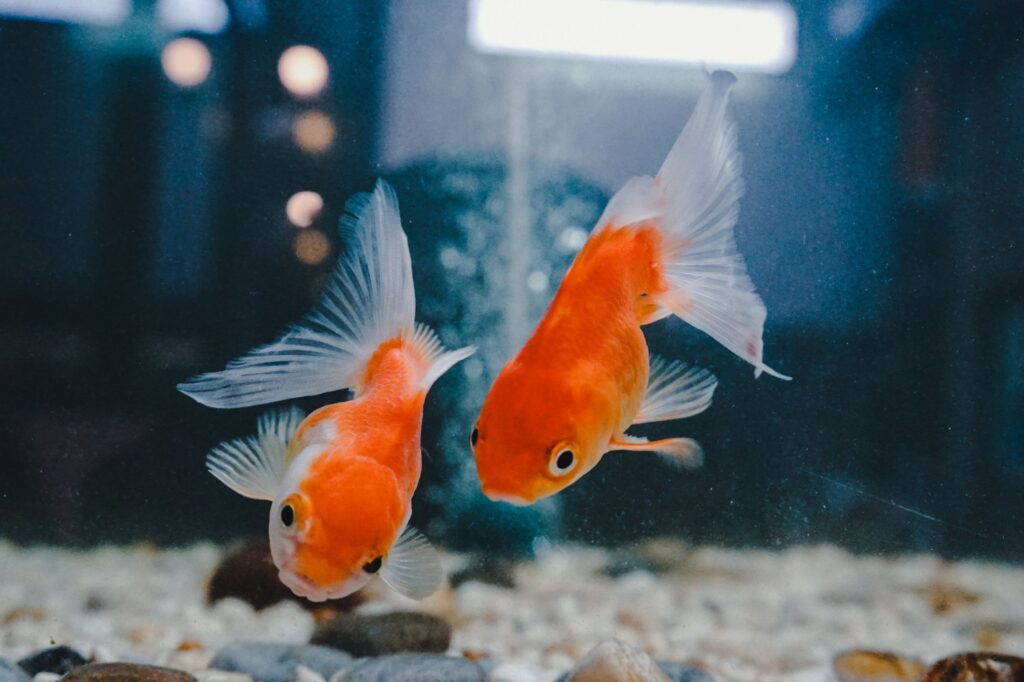
Having the low-down on Flukes is all fine and dandy, but what sets them apart from other unwanted guests? Let’s break it down.
The Unique Charm of Flukes
Goldfish parasites are like a bad reality show cast; they’re all different, but ultimately, they’re bring the same kind of problems. Unlike other parasites, Flukes have a unique habit of anchoring themselves onto your goldfish. Imagine them as stubborn party guests who refuse to leave. Their microscopic size also makes them a professional level hide-and-seek player, often escaping the untrained eye. Additionally, Flukes trod on the path less taken by being one of the few parasites that can live outside your goldfish’s body and inside their gills! Talk about being versatile!
Myths and Facts: Flukes’ Tell-All
Contrary to popular belief, salt is not a magic wand to make Flukes vanish. Too bad, right? While salt might irritate them, it’s about as effective as asking a teen to stop rolling their eyes! Another myth that’s about as real as a unicorn – the belief that Flukes can’t harm young goldfish. Sorry to burst your bubble, but flukes don’t discriminate, and they can cause havoc to goldfish of any age.
Enough of myths, here are some facts to chew on.
- Flukes typically spread through new fish or plants that bounce into your aquarium.
- Without treatment, Flukes could bring longer-lasting issues like bacterial infection.
- Flukes might cause behavioral changes, such as loss of appetite or erratic swimming in your goldfish.
That concludes our fishy tale on parasites. Armed with this knowledge, may you lead your goldfish to a Fluke-free life! Now, who says you can’t tackle fish health, humor, and horror all at once?
Wrap Up
Flukes are parasitic flatworms that can plague your pet goldfish. Be aware of the symptoms such as erratic swimming and inflammation to ensure early treatment. A comprehensive grasp of their life cycle and the factors causing their emergence can aid in better prevention.
Learn from the experiences of other goldfish owners, as illustrated by our case study, and apply the effective habits and treatments that led to complete recovery. Also, remember to distinguish flukes from other parasites, separating facts from myths. This understanding is crucial for overall fish health and longevity.
Frequently Asked Questions (FAQ)
Question: What exactly are flukes in goldfish?
Answer: Flukes are parasites that feed on the skin, gills, or blood of goldfish. They can cause serious harm or even death if not treated.
Question: How can I recognize fluke infection in my goldfish?
Answer: Key signs include flicking or scratching themselves, inflamed gills, reduced appetite, or abnormal lethargy.
Question: What causes fluke infection?
Answer: Flukes can transfer from fish to fish, or fish can be infected by parasites present in contaminated water or food.
Question: How can I prevent my goldfish from getting flukes?
Answer: Regular water changes, introducing new fish carefully, and maintaining high water quality can help prevent fluke infections.
Question: What treatment options are there for flukes in goldfish?
Answer: Treatment options include using specific anti-fluke medications, medicated food, and improving the general water quality.
Question: Is there a chance of fluke recurrence after successful treatment?
Answer: Yes, there is a chance for recurring infection if preventive measures are not practiced post-treatment.
Question: How is fluke infection different from other parasite infections?
Answer: Flukes are specific types of parasites and unique in their lifecycle and treatment, different than the typical internal parasites.
Question: Are there any myths about flukes I should be aware of?
Answer: A common myth is that flukes are visible to the naked eye. In reality, they are microscopic and diagnosis relies on observing behavior and symptoms in the fish.



